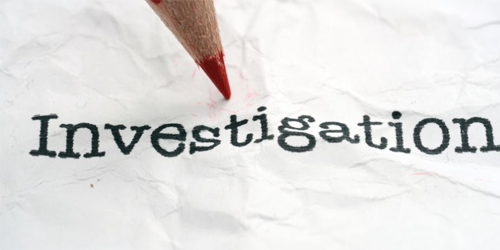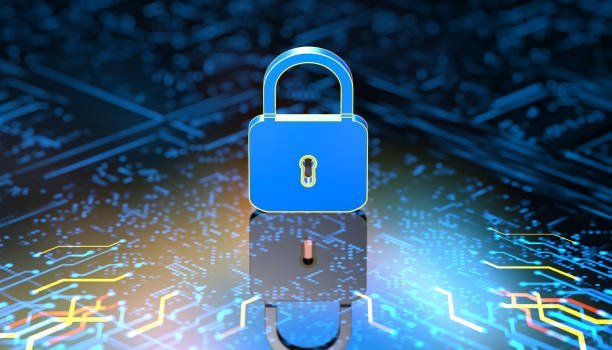I was recently faced with a strange case to investigate. The complainant remained completely anonymous and posted letters to the CEO of our company, local police and Chief Minister of the state. The complaint was against one of the employees of our company regarding social misconduct. How should one investigate these kind of cases where in the complainant cannot be traced but the allegations made are alarming.
Regards, Mehul (from ACFE.com forum).
Response by Mustapha B. Mugisa
Any investigator has had to content with such kind of challenges.
Tips from anonymous people are a challenge. You invest company resources only to find it was a false positive. Yet, given that all white color fraud involves collusion and are clandestine, and most people are different characters after work, tip-offs are the best way to catch them.
In addition, anonymous tip-offs are a sign that you need to implement an effective anonymous whistle blowing system. Most times people do not trust a confidential whistle-blowing system – where the tipper reveals their identity with confidence that the company / investigator will keep it secret and protect them. To avoid suppressing good tips, invest in anonymous whistle blowing platform, and empower people to free their mind, put you [management] in control and leave no stone unturned.
Here is how:
1. Set up a web based system, like this one here Julisha | Whistle Blowing Platform
2. Publish the system; and put it on all your email signatures, websites, newspapers and all public places and annual reports. Let all your suppliers, customers, staff etc stakeholders know about it.
3. When a tipper submits the tip, they receive a unique code, i.e. 14 characters code generated using a 256 RSA. That is all they need to keep. Anyone with that code can come back to the site and see updates on their tip or provide further information!
4. When a tip is submitted, you can set 2, or 5, or 30 people to receive it at the same time. So, no excuse we did not see it or no one can suppress it.
5. The system can allow back and forth communication between investigator and tipper via unique code.
Why it is important?
It avoids the challenges of manual systems where it is difficult for investigator to get further information from the tipper. It also promotes transparency and makes people fear to commit fraud
Unsubstantiated allegations are also reduced. Since you revert to tipper and ask them to substantiate. So, malicious false positives reduce, as tipper is not able to offer more information, something they use to abuse the traditional approach.
___
Back to your issue:
How to investigate anonymous tips:
1. Determine whether the tip holds water before a full blown investigation. You do predication analysis:
To do this determine:
i) What is the claim or the issue?
ii) When and where is it alleged it occurred? Are there any evidence or facts or it is hearsay and circumstantial evidence?
iii) Who is the suspect or suspects? What is the extent of their involvement?
iv) What evidence do I have to work with?
_____________
2. The next step is to conduct preliminary assessment of the motive/ pressure/ incentive of the suspect/s; their means or capability and opportunity. For the suspect, check them out on the web – social accounts, LinkedIn profile, websites etc; search registries (be careful to do intrusive search before obtaining proper subpoena or court orders). This is just preliminary to assess the veracity of the allegations. And whether they hold water. Considering the facts, would the suspect do it? Do they have access or capability or means to do what they did and go away with it? Study the allegation, how it was done, the possible alibi of the suspect and their ability to pull it off. If yes, continue to assess the opportunity.
_______________
3. Make your professional report and next steps: does it warrant further detailed investigations? What will be the objectives? Who is the user of the report? What team do you need? If yes, go report a police case and then commence investigations. It is better to have the back of government than your own firm in such anonymous cases which have high risk of legal suits and costs.









